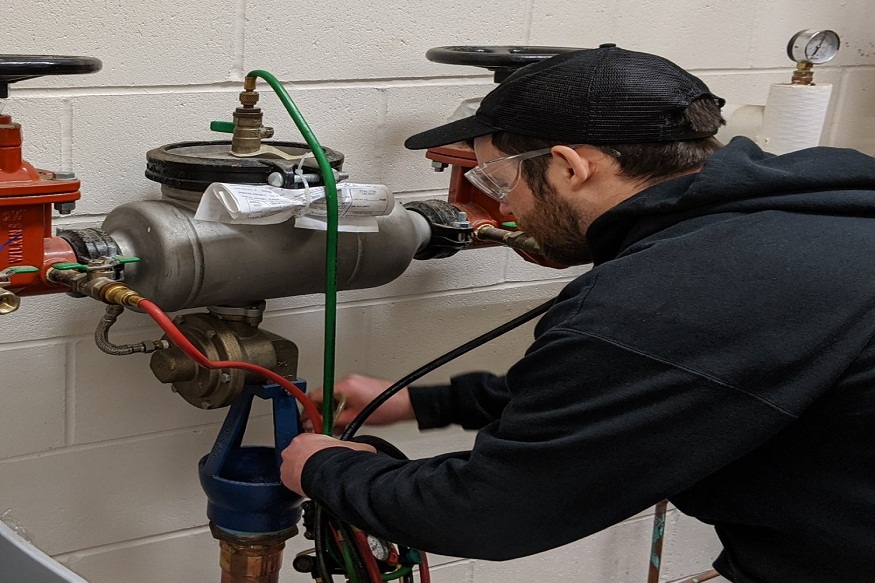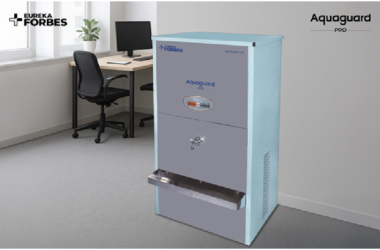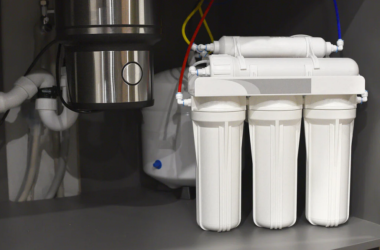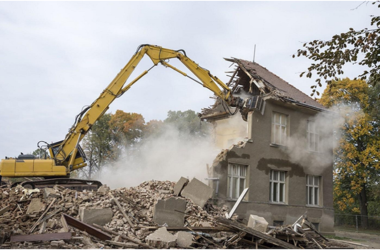There is no water, no life! It is one of the most essential resources for life. Ensuring water purity and safety is equally crucial. Backflow testing is a process to protect water from harmful agents and ensure the health and well-being of our communities. Backflow testing services help to provide clean and safe water to households and save lives. In this article, we’ll discover why backflow testing is so important and the factors based on which you should prioritize it.
What is Backflow?
Backflow is a plumbing problem that happens when the water flow reverses in a plumbing system, leading to untreated water or contaminants entering the clean water supply. This incident can occur due to changes in water pressure, cross-connections, or a malfunction in the plumbing system. Backflow causes a significant health risk, as it can contaminate the water you use for drinking, cooking, and bathing.
Safeguarding Public Health
Backflow testing is essential primarily because it safeguards the public’s health. Potential waterborne illnesses can result from the presence of dangerous materials, including chemicals, bacteria, and other pollutants in water to make it contaminated.
Backflow occurrences may go undetected for a long time, which raises the possibility of extensive contamination. Frequent backflow testing keeps the water we drink safe and free of dangerous substances by detecting and preventing backflow incidents.
Legal Compliance and Liability
Backflow testing is required for both residential and commercial properties in many jurisdictions. Ethical accountability is equally as important as legal duty when it comes to following these rules. In the event of a water pollution incident, noncompliance with backflow prevention measures may result in fines, penalties, and legal responsibilities.
In addition to exhibiting good citizenship, preventative steps like backflow testing shield property owners from possible legal issues.
Supporting Water Infrastructure
Backflow disasters have the potential to seriously harm water infrastructure, necessitating expensive repairs and interrupted services. The force of tainted water returning to the clean water source can lead to system failures, pressure imbalances, and pipe breaks. Routine backflow testing helps to detect any plumbing system flaws early, allowing for prompt maintenance and averting future expensive repairs.
Protecting the Environment
Water contamination has an impact on the ecosystem as well as human health. Backflow incidents can introduce contaminants into our water supply, endangering aquatic life, ecosystems, and future generations’ access to clean water. By preserving the integrity of our water supplies, backflow testing contributes to environmental sustainability.
What Does Standard Backflow Testing Involve?
When our professionals perform backflow testing, they usually adhere to a checklist. Checking off the various boxes guarantees precision and comprehensiveness. The examination of installed backflow prevention devices should come first. Every backflow prevention device placed in the plumbing system is visually inspected by us. We also inspect backflow preventer assemblies and valves.
We also make sure that all required devices are installed appropriately as we run our testing. We confirm that every backflow prevention device is placed appropriately and complies with all relevant codes and standards. We take extra care to ensure that the devices are sized appropriately for the flow rates and placed in the right places within the plumbing system. When making modifications to the plumbing system, this is essential.
In essence, Backflow testing is a basic need to protect the water supply and ensure the well-being and safety of our communities. This important procedure acts as a responsible and proactive step to maintain our most precious resource by safeguarding public health, according to rules, and avoiding damage to water infrastructure. Backflow testing must be a top priority for us as conscientious people, homeowners, companies, and governments to ensure a sustainable and safe water supply for present and future generations.






